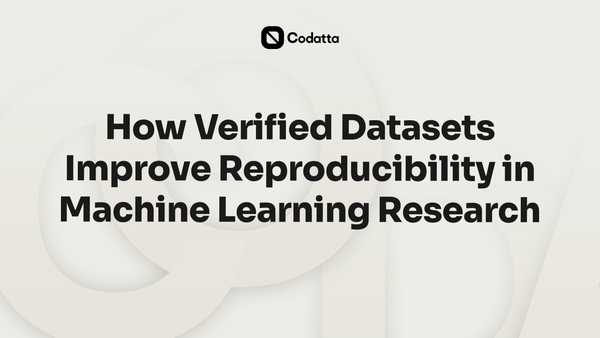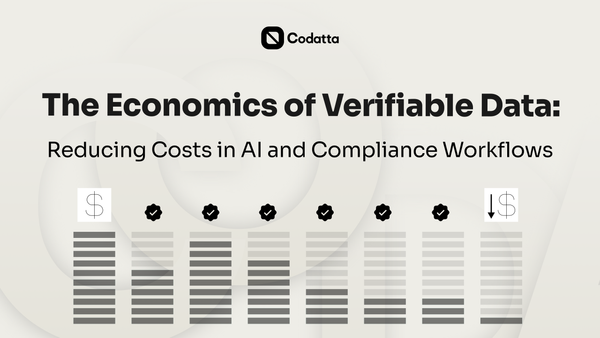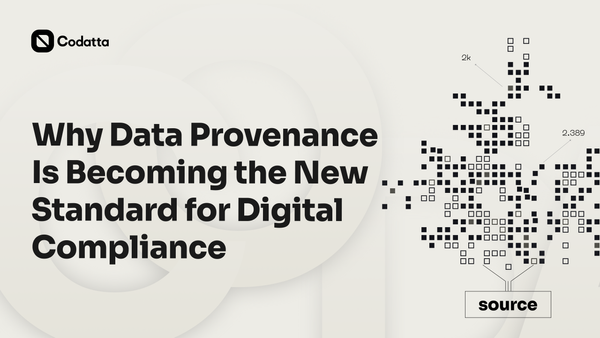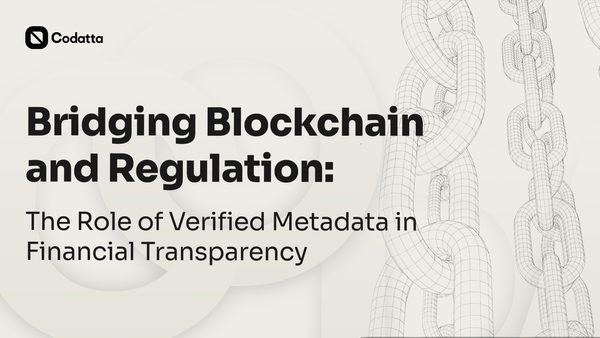The Codatta Booster Program: Driving Data Collaboration Through Web3 Innovation
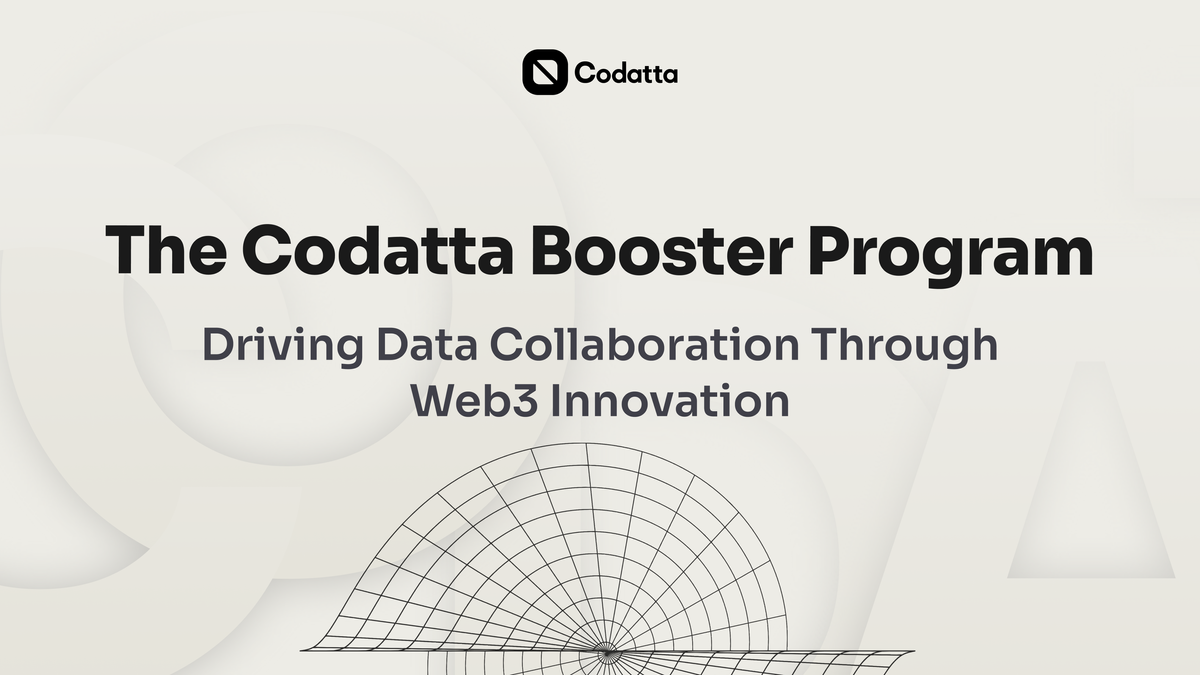
The Codatta Booster Program represents a turning point in how blockchain initiatives approach token distribution and community engagement. As the first project to participate in Binance’s Booster Program, Codatta introduced its native token ($XNY) within a framework that went beyond simple distribution mechanics.
The campaign design reflected Codatta’s core protocol functions: metadata annotation, dataset generation, and community-driven validation. Token incentives were not just a distribution method but a way to simulate how the protocol operates at scale, making the Booster a live testbed for Codatta’s data infrastructure model.
Why the Booster Program Matters
Traditional token launches often encounter recurring issues such as limited user engagement, short-lived hype, and distributions that provide little value to the project’s long-term objectives. The Booster Program was designed to address these challenges by aligning community incentives with contributions that have lasting utility.
For Codatta, this meant directing participant activity toward metadata annotation and dataset generation, which form the core of its decentralized protocol. In practice, this tested the protocol’s ability to crowdsource annotations across domains, aggregate contributions, and prepare for confidence scoring mechanisms that ensure long-term data quality.
Rather than distributing tokens through passive mechanisms, the campaign encouraged participants to contribute to the creation of high-quality datasets across key domains, including food science, robotics, crypto address labeling, and large language model optimization.
Through this approach, Codatta was able to gain visibility and traction while ensuring that every completed task reinforced its mission to develop open, reliable, and verifiable data infrastructure.
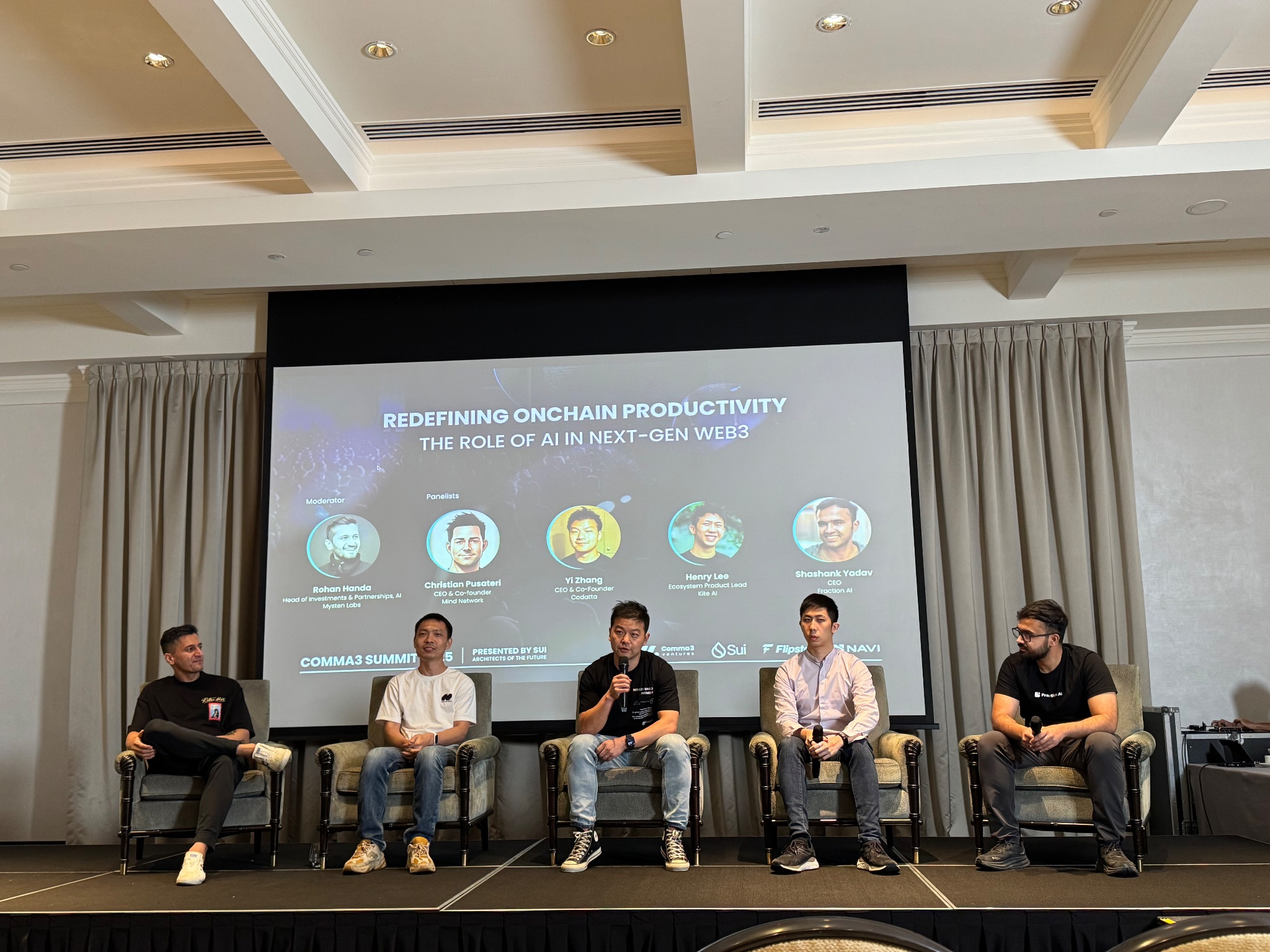
Program Design: Three Seasons of Progressive Engagement
The Booster Program unfolded over several months, with activities organized into three structured seasons. Each season introduced a distinct theme, gradually increasing the complexity of tasks and the level of specialization required from participants.
Season 1: Basics and Education (Weeks 1-4)
The opening phase centered on food and nutrition data challenges. Participants engaged in quizzes, single-image uploads, and multi-day annotation streaks. This stage served primarily to onboard new users, provide hands-on exposure to Codatta’s task environment, and establish a baseline understanding of the project’s mission.
Season 2: Domain Expansion (Weeks 5-8)
The second phase expanded the range of data types to include robotics and cryptocurrency transactions alongside continued food-related tasks. Participants were asked to annotate robotic arm interactions, contribute deposit and withdrawal data from centralized exchanges, and review AI-generated food analysis. These activities introduced greater technical detail and broadened the scope of contributions to domains with direct relevance to both AI development and blockchain transparency.
Season 3: Expert Network Building (Weeks 9-12)
The final phase emphasized skill testing and advanced annotation. Tasks included detailed annotator surveys, labeling appliance knob images, completing AI model comparison challenges, and verifying blockchain data submissions. This stage aimed to identify participants with specialized expertise, laying the foundation for a qualified contributor pool that could support more complex crowdsourcing initiatives in the future.
Taken together, the three seasons created a progression from simple onboarding to advanced, domain-specific work. The design allowed Codatta to engage casual participants at scale while also cultivating a core group of skilled annotators who could contribute to long-term data quality and reliability. This progressive structure mirrored the protocol’s own development needs, from scaling basic contributions to identifying expert annotators who can support high-confidence dataset creation.
Key Metrics and Impact
Over its first eleven weeks, the Booster Program achieved significant scale in both reach and user participation. The campaign recorded more than 21 million views and attracted 1.9 million unique visitors, establishing a broad base of visibility across the Binance ecosystem.
Within this audience, user engagement translated into tangible contributions. A total of 4.6 million task participations were logged, with nearly 404,000 users completing tasks to the end. This activity produced valuable datasets that aligned directly with Codatta’s objectives.
- In the crypto domain, contributors submitted over 337,000 deposit hot wallets and 332,000 withdrawal wallet annotations, helping to assemble one of the largest structured resources of exchange-related addresses.
- In food science, participants generated more than 1.29 million annotations on food images, forming a dataset designed to support both academic and applied research.
- In robotics, users completed 643,000 annotations, and in the specialized appliance knob labeling task, they added 199,000 entries.
By the close of the program, over 404,000 users had completed tasks, forming the initial contributor base for Codatta’s decentralized protocol, where their work underpins core functions such as annotation, dataset curation, and confidence scoring. This established a verified group of participants who can now transition into long-term ecosystem contributors.
Together, these outputs illustrate how community-driven participation can be directed toward the creation of structured, reusable datasets. The Booster Program expanded awareness of Codatta and demonstrated the practical potential of linking token incentives with collaborative data infrastructure.
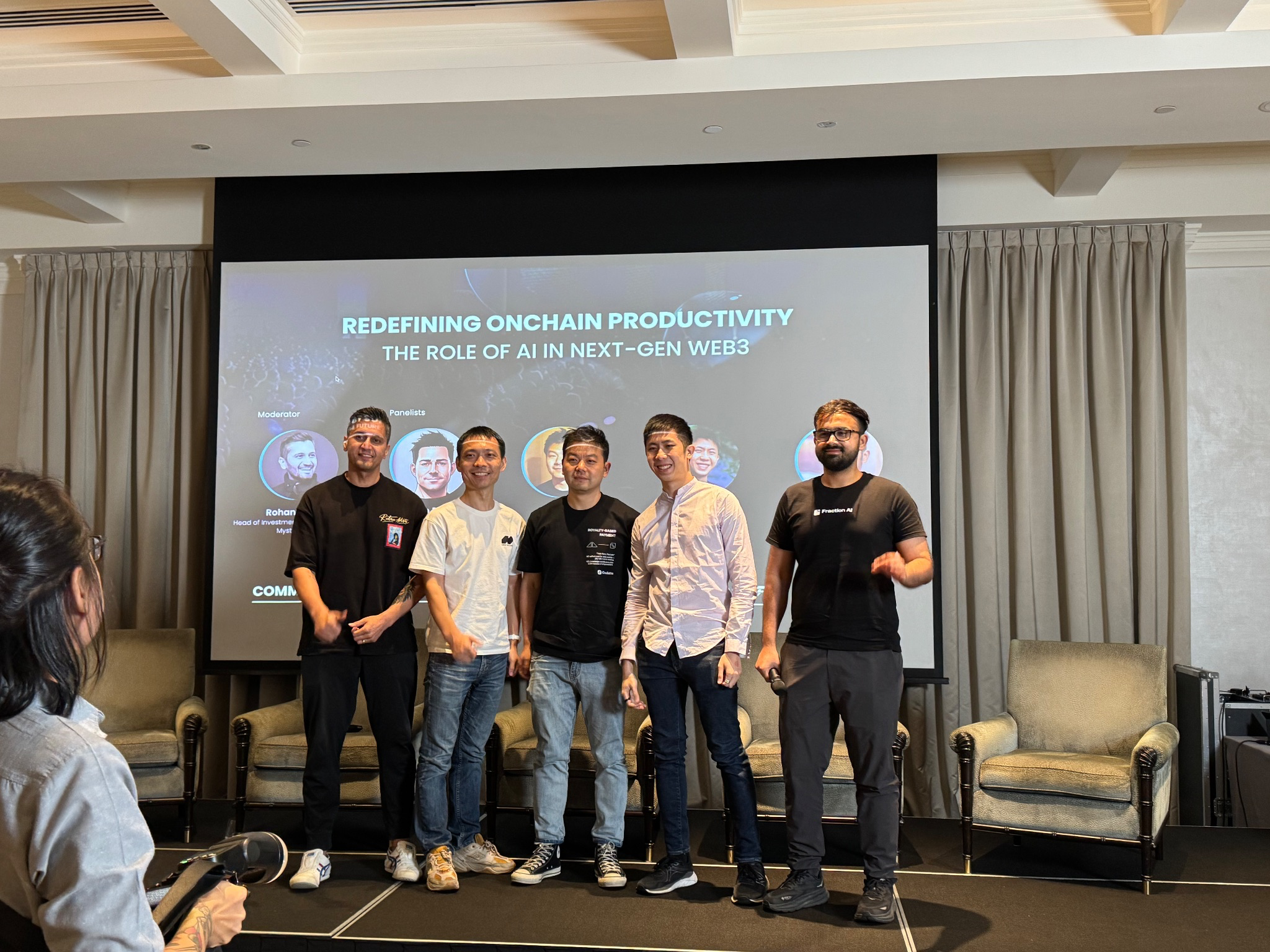
Challenges and Learnings
The Booster Program succeeded in reaching its primary goals of user acquisition, token launch execution, and brand exposure. At the same time, several challenges became apparent during the campaign.
- Sustaining participation
Engagement was high at the outset, but completion rates for multi-day annotation tasks declined compared to single-instance activities. This highlighted the difficulty of keeping users motivated over extended timeframes. - Mobile experience limitations
Many annotation tasks were originally designed for desktop use, and adapting them for mobile created usability issues. For a campaign run largely through Binance’s mobile environment, this reduced accessibility for some participants. - Community depth
Although discussions and activity levels increased, much of the engagement was oriented around completing tasks and earning rewards. Building longer-term community interaction around the project’s mission proved more challenging.
Codatta responded to these issues with targeted measures. Tutorials and clearer user guidance were introduced to improve completion rates, particularly for more complex tasks. Mobile transitions were simplified to reduce friction, and efforts were initiated to guide users from Binance-led activities into Codatta’s own platform. Together, these adjustments laid the groundwork for converting short-term campaign participation into more sustainable engagement.
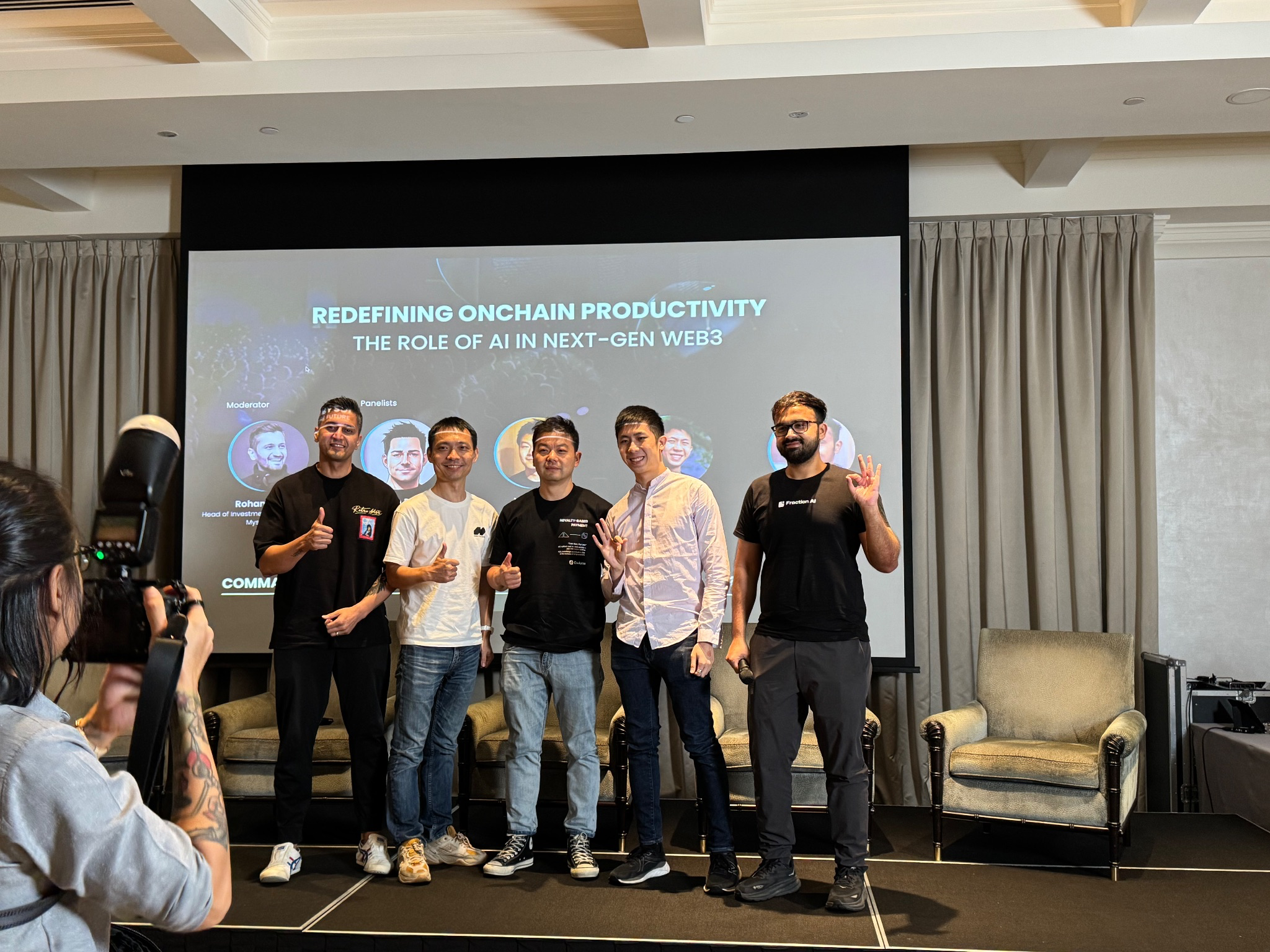
Beyond the Booster: Building a Lasting Ecosystem
The Booster Program gave Codatta visibility and an initial base of participants, but the long-term vision goes further. The next phase focuses on guiding users from reward-driven activity into becoming regular contributors on Codatta’s own platform. Incentives are expected to evolve from simple token payouts toward recognition, governance participation, and shared ownership in data assets.
At the same time, the datasets collected during the campaign will serve practical purposes in areas such as AI development, blockchain analysis, finance, and robotics. In this way, token distribution is tied directly to the creation of structured and reusable data, supporting Codatta’s broader goal of building an open and reliable data infrastructure.
The Booster created not only datasets but also the first large contributor base, which will now be integrated into Codatta’s independent platform cycles, where protocol functions such as annotation, verification, and confidence scoring will operate continuously.

